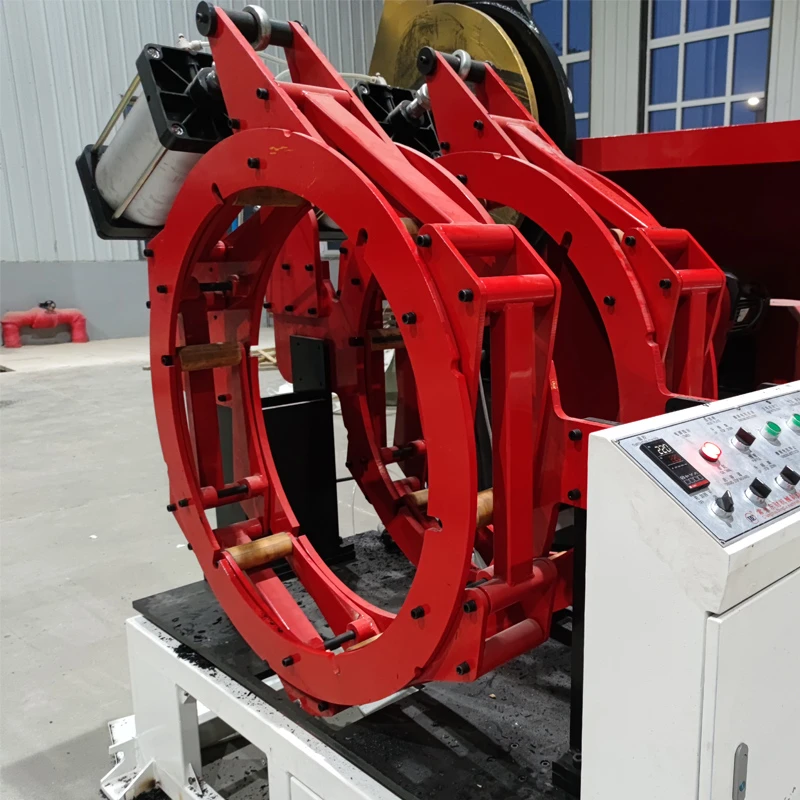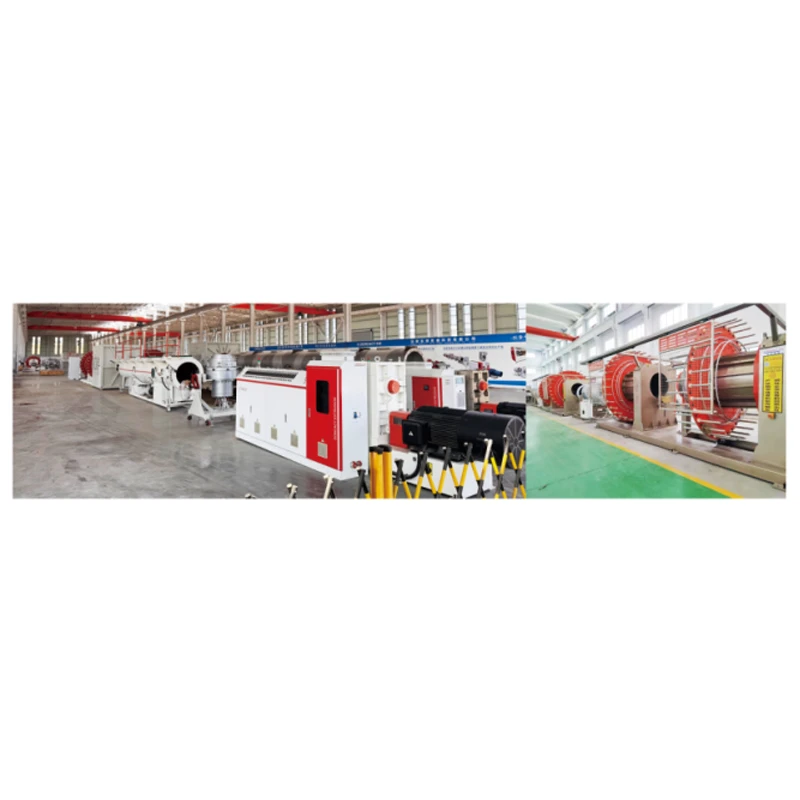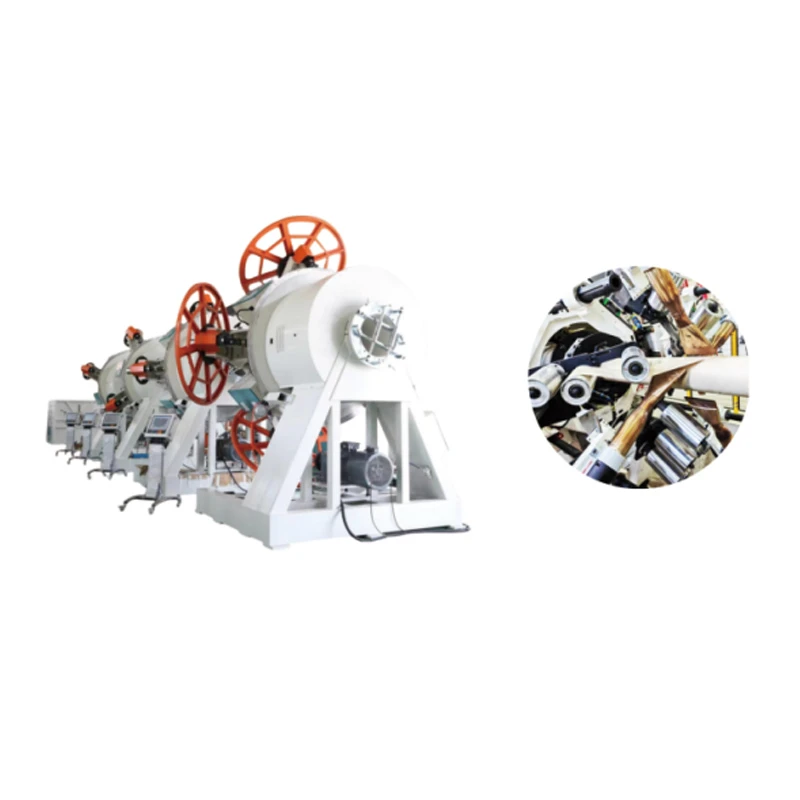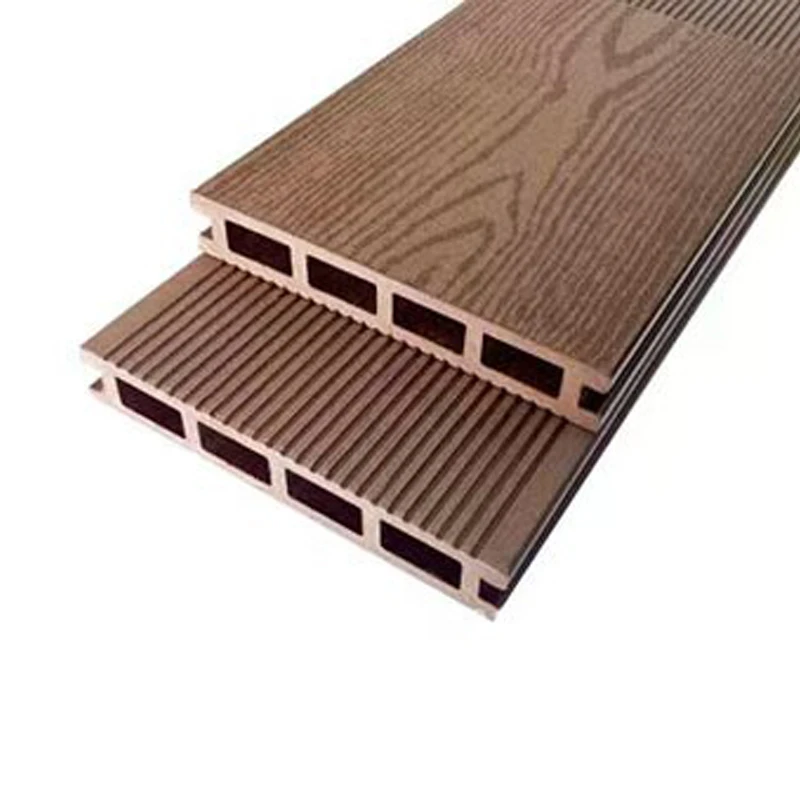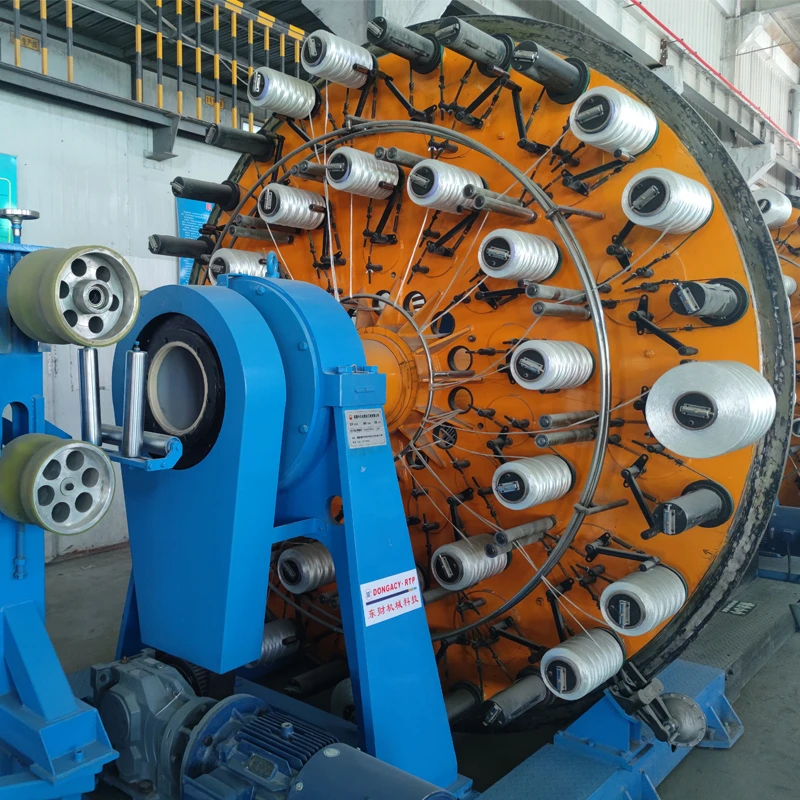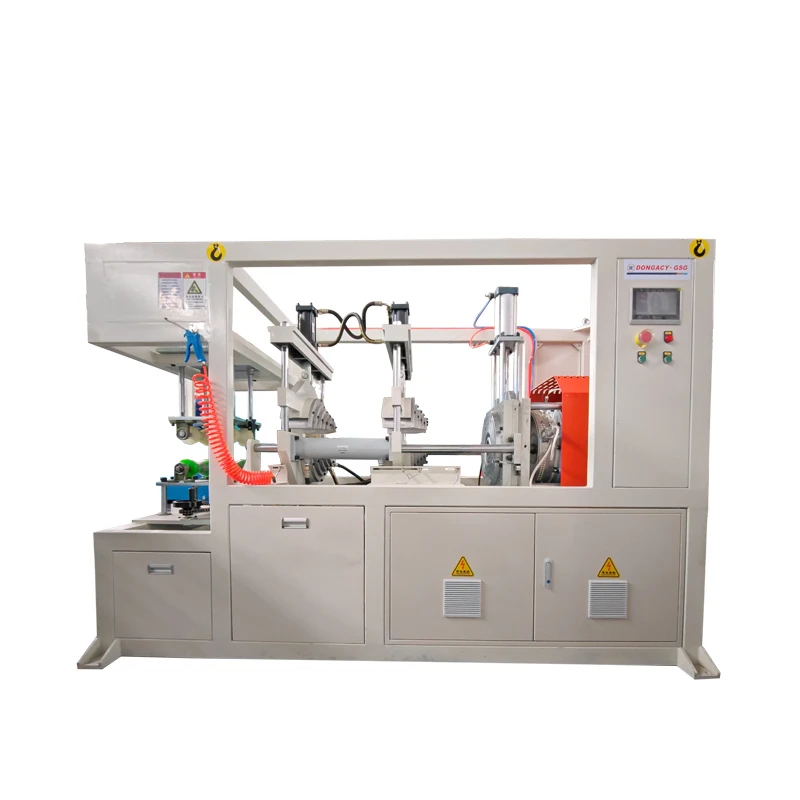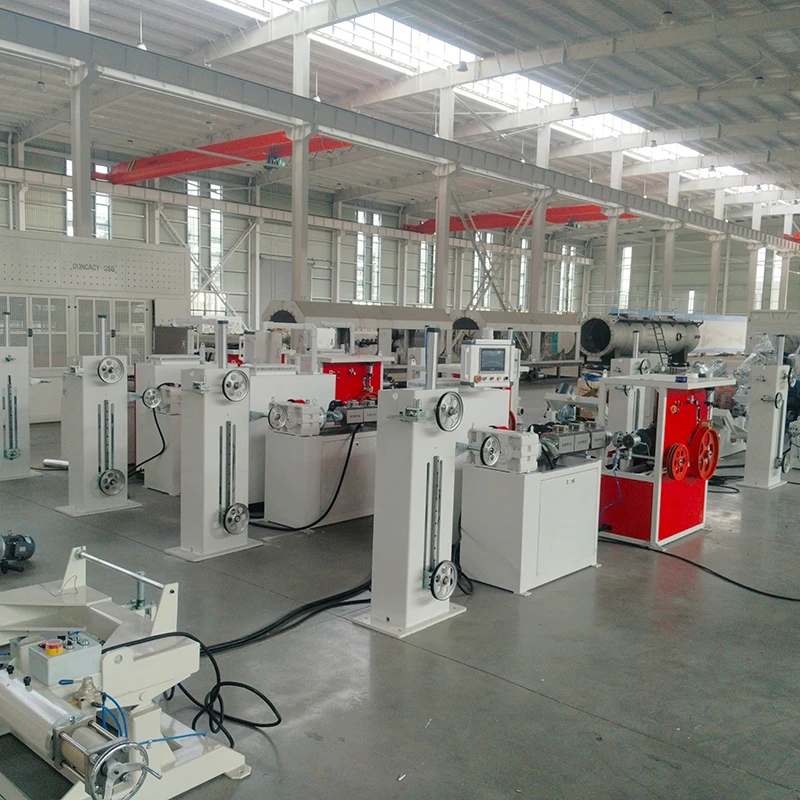
- Fundamentals of extrusion technology
- Mechanical anatomy of sheet extrusion systems
- Energy efficiency metrics and operational parameters
- Comparative analysis of industry-leading manufacturers
- Custom engineering solutions for specialized applications
- Material science innovations in polymer processing
- Sustainability advancements in extrusion operations
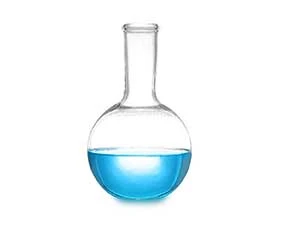
(working of extruder)
Understanding the Essential Working of Plastic Sheet Extruder Systems
At the core of polymer manufacturing lies extrusion technology - a continuous process transforming raw plastic compounds into uniform sheets. The fundamental working of extruder
systems involves four sequential phases: material feeding through a hopper, thermal transition in barrel sections, molecular homogenization via screw rotation, and final shaping through precision dies. Industrial plastic sheet extruders maintain temperatures between 180-280°C depending on polymer type, with contemporary machines achieving tolerance levels within ±0.15mm across 2m-wide outputs.
Mechanical Configuration of Sheet Extrusion Equipment
The engineering architecture of sheet extruder machines comprises three integrated subsystems: feeding mechanisms utilizing vacuum loaders for consistent material flow, barrel-screw assemblies with length-to-diameter ratios of 30:1 to 40:1 for optimal melt compression, and multi-zone temperature controls maintaining ±1°C stability. Contemporary systems incorporate twin-screw designs achieving dispersion homogeneity below 5% variance, while advanced gear pumps ensure pressure consistency within 0.5% deviation. Cooling calibrators utilizing precisely controlled chill rolls operate at heat transfer coefficients of 500-800 W/m²K for rapid sheet solidification without warpage.
Operational Efficiency Metrics and Performance Standards
Modern plastic sheet extrusion achieves unprecedented efficiency with energy consumption metrics of 0.35-0.55 kWh/kg depending on polymer type - a 30% reduction versus legacy systems. Production data indicates output capacities scaling linearly with screw speed, with benchmark extruders processing:
- HDPE at 800 kg/hour with 400mm screw diameter
- ABS at 650 kg/hour maintaining ±0.2mm thickness consistency
- Multi-layer co-extrusion handling 5+ material combinations at 200kg/hour
Dimensional stability has improved 45% in the last decade through laser-guided thickness monitoring systems capturing 800 measurements/minute.
Industry-Leading Manufacturer Capability Analysis
| Manufacturer | Max Width (mm) | Production Rate (kg/h) | Energy Index (kWh/kg) | Tolerance Capability (mm) | Automation Level |
|---|---|---|---|---|---|
| TechnoPolymer Systems | 3000 | 1200 | 0.38 | ±0.15 | Industry 4.0 |
| ExtruTech Global | 2700 | 980 | 0.42 | ±0.18 | Advanced PLC |
| PolymerInnovate | 3500 | 1450 | 0.41 | ±0.25 | Standard PLC |
| NyloMat Solutions | 2400 | 750 | 0.48 | ±0.22 | Semi-Automated |
Custom Engineering Solutions for Specialized Requirements
Specialized extrusion applications demand engineered solutions featuring configuration modifications such as multiple screw zones (up to 12 individually controlled segments), tailored die geometries (lip openings adjustable from 0.5-30mm), and proprietary surface texturing rollers. Medical-grade sheet production requires FDA-compliant metallurgy in contact components, while aerospace applications utilize extrusion equipment with 3000-series stainless steel construction achieving material purity levels >99.97%. Recent projects demonstrate 40% cycle time reductions through customized cooling channel geometries maintaining thermal gradients below 5°C/mm.
Material Science Innovations Impacting Output Quality
Advanced polymer technologies continually redefine extrusion parameters, with composite pellets containing nano-additives reducing viscosity variations by 25% compared to conventional resins. Recent trials with polymer blends incorporating 2-5% mineral fillers demonstrate enhanced melt strength allowing 18% faster line speeds. Rheology improvements through molecular design have extended the processing window for challenging materials like recycled PET, which now maintains stable extrusion at temperatures as low as 240°C – reducing thermal degradation by 30% compared to legacy formulations.
Evolutionary Trends in Modern Sheet Extruder Machine Technology
The future trajectory of sheet extruder machines centers on sustainability integration, with current developments achieving 27% energy reduction through advanced barrel insulation and servo-driven motors replacing hydraulic systems. IoT-enabled extrusion systems now capture over 700 process parameters per minute, utilizing machine learning algorithms to predict maintenance needs with 92% accuracy. The working of extruder technology continues evolving toward closed-loop material systems processing recycled content at ratios up to 1:1 with virgin polymers without compromising structural integrity – a critical advancement for circular economy manufacturing.
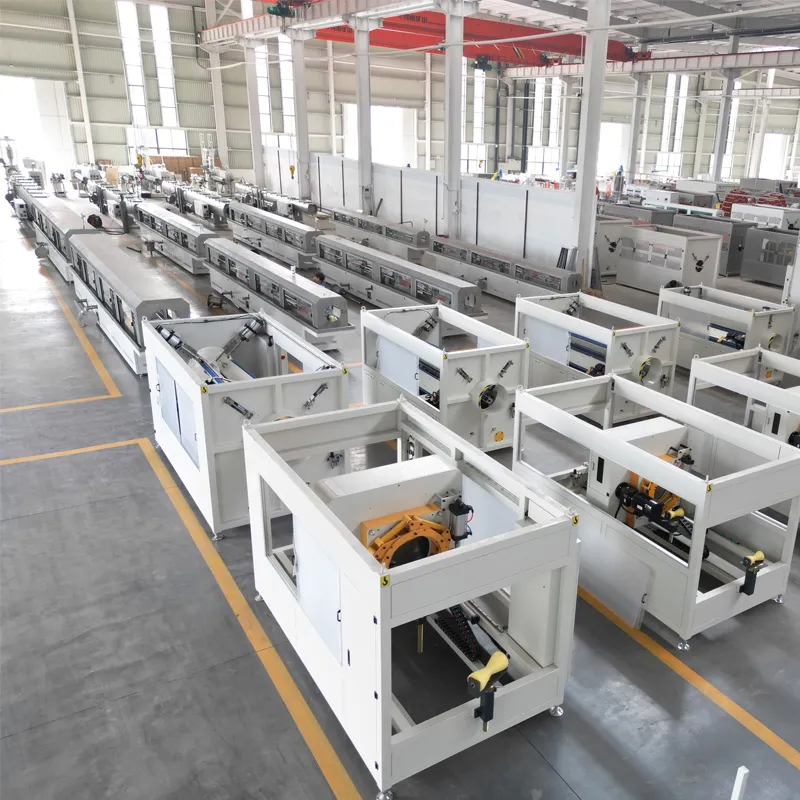
(working of extruder)
FAQS on working of extruder
Q: How does a plastic sheet extruder work?
A: A plastic sheet extruder melts polymer pellets, forces the molten material through a flat die, then cools and solidifies it into a continuous sheet using rollers. This process ensures uniform thickness and material consistency.
Q: What are the main components of a sheet extruder machine?
A: Key components include a hopper for feeding raw material, a heated barrel with a screw for melting polymer, a flat die for shaping, and a cooling/calendering system to form finished sheets.
Q: Why is temperature control critical in extruder operation?
A: Precise temperature regulation ensures proper polymer melting without degradation. Uneven heating can cause defects like warping or uneven thickness in the final plastic sheet.
Q: How is sheet thickness adjusted in extrusion?
A: Thickness is controlled by adjusting the die gap opening, screw rotation speed, and pull-roller speed. Real-time monitoring systems often automate this calibration during production.
Q: What materials work best with plastic sheet extruders?
A: Common materials include polyethylene (PE), polypropylene (PP), and polystyrene (PS). The extruder's configuration determines compatibility with rigid or flexible polymer types.
-
Innovative Solutions in PVC Pipe Production LineNewsJul.18,2025
-
Innovative Solutions in Pipe Extrusion Production LineNewsJul.18,2025
-
Advanced Plastic Profile Extrusion SolutionsNewsJul.18,2025
-
PVC Profiles: The Future of Durable and Cost-Effective Construction SolutionsNewsJun.06,2025
-
PVC Pipe Extrusion LineNewsJun.06,2025
-
High-Quality Polyethylene Pipe Production LineNewsJun.06,2025
-
High-Performance Tube Production LineNewsJun.06,2025

